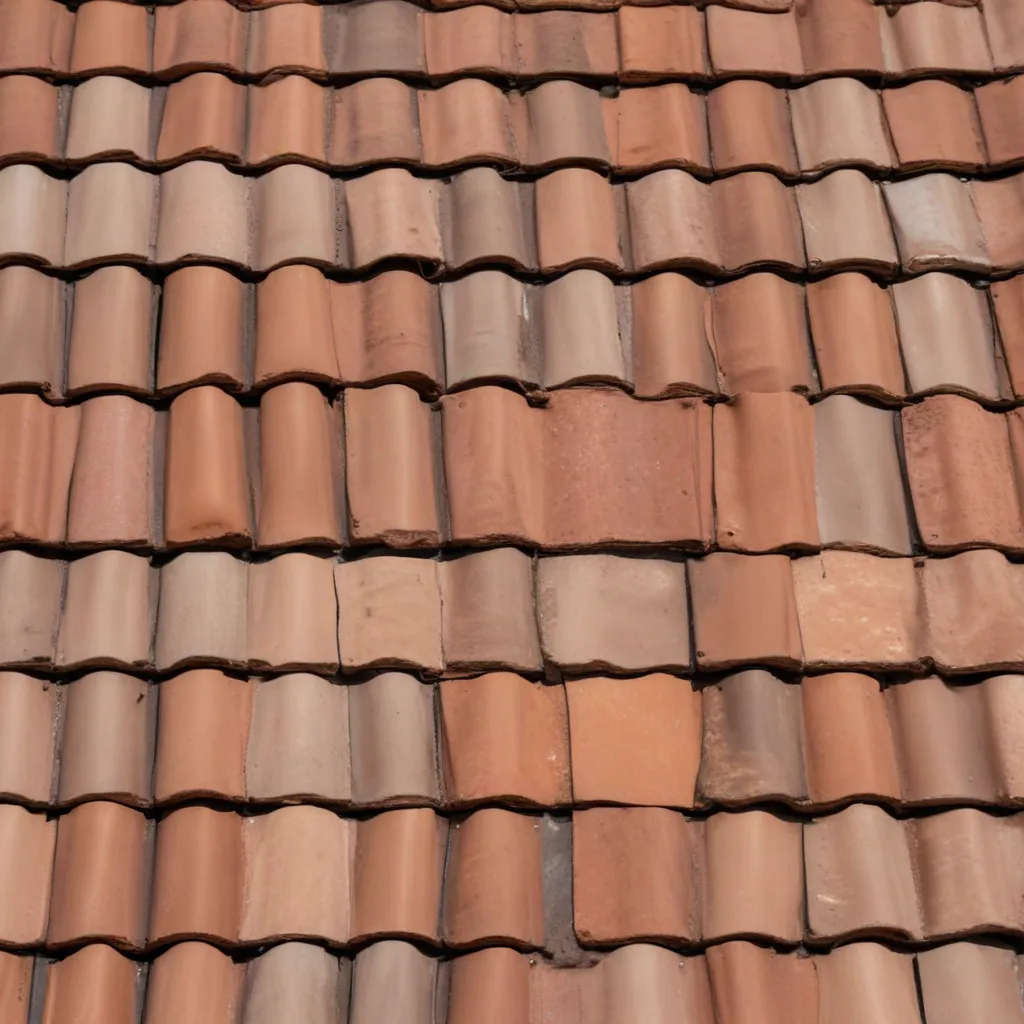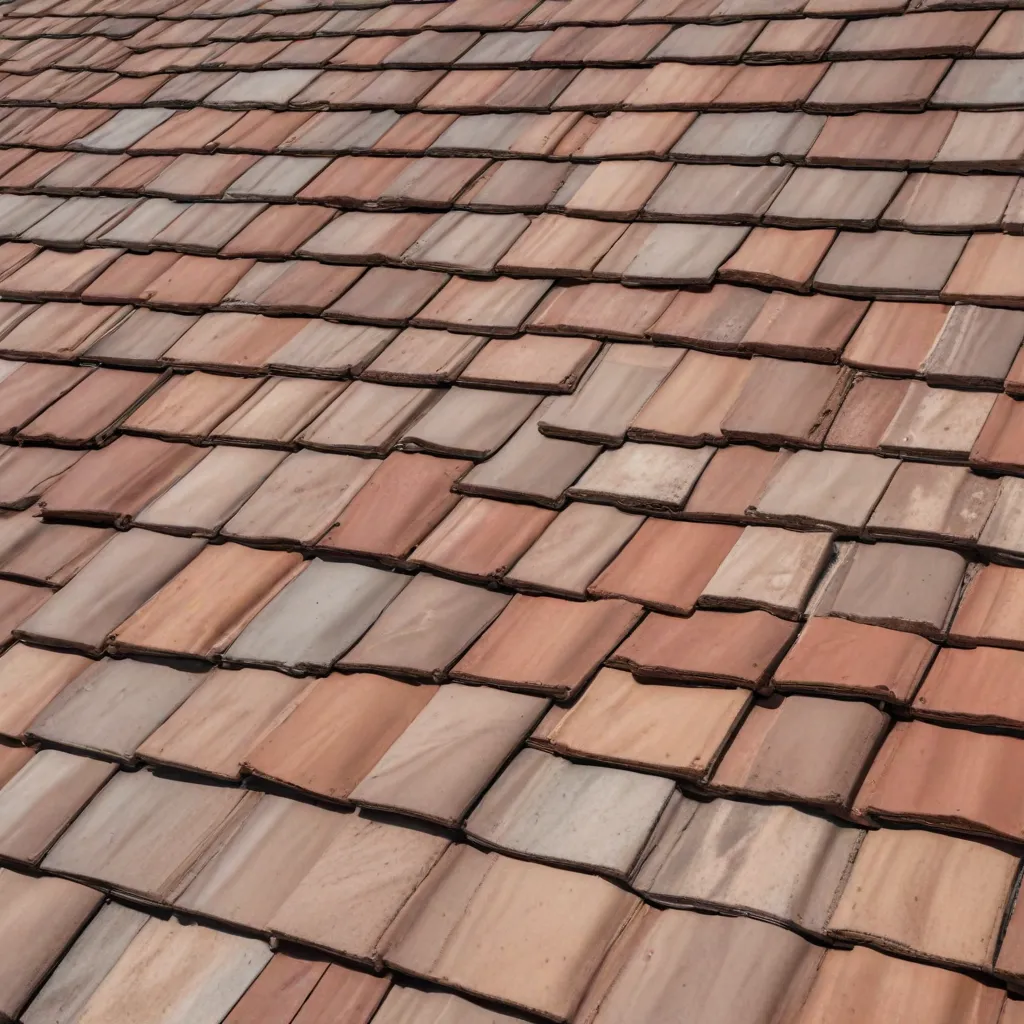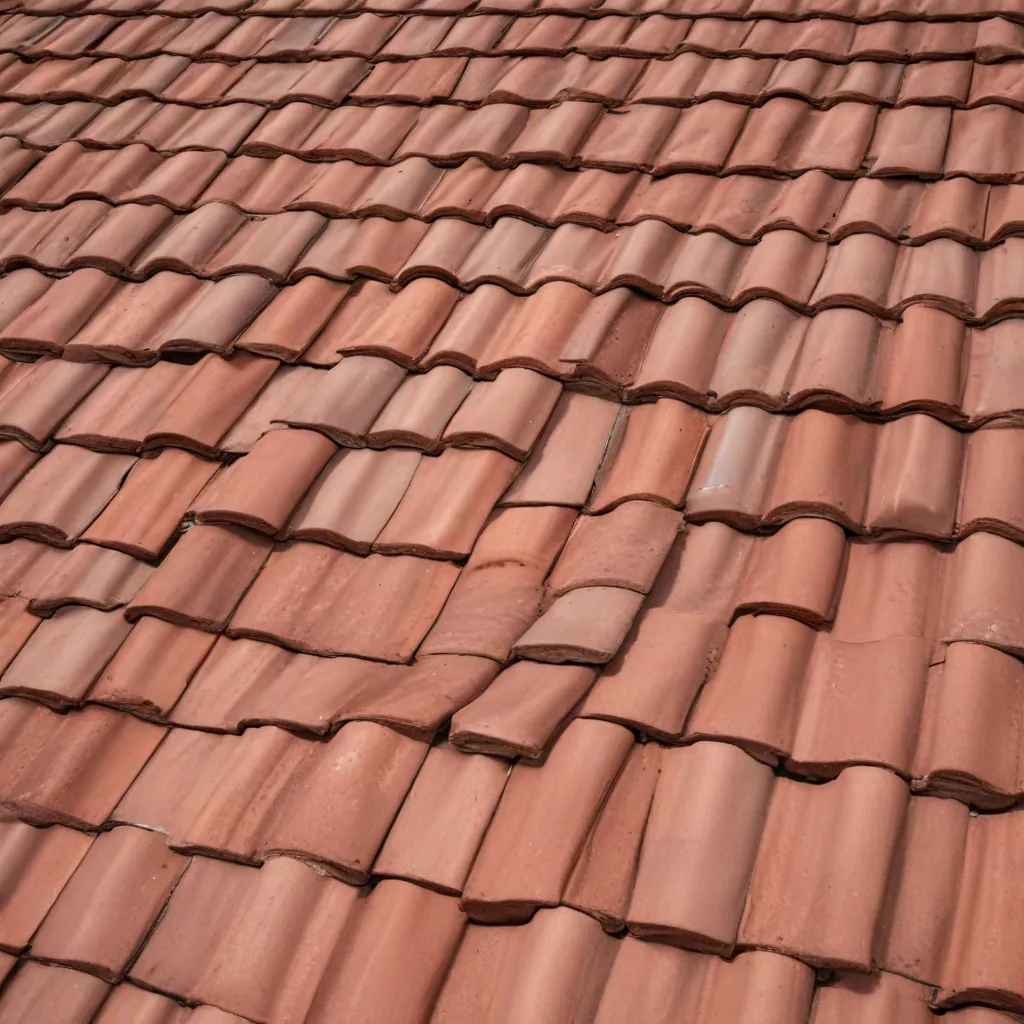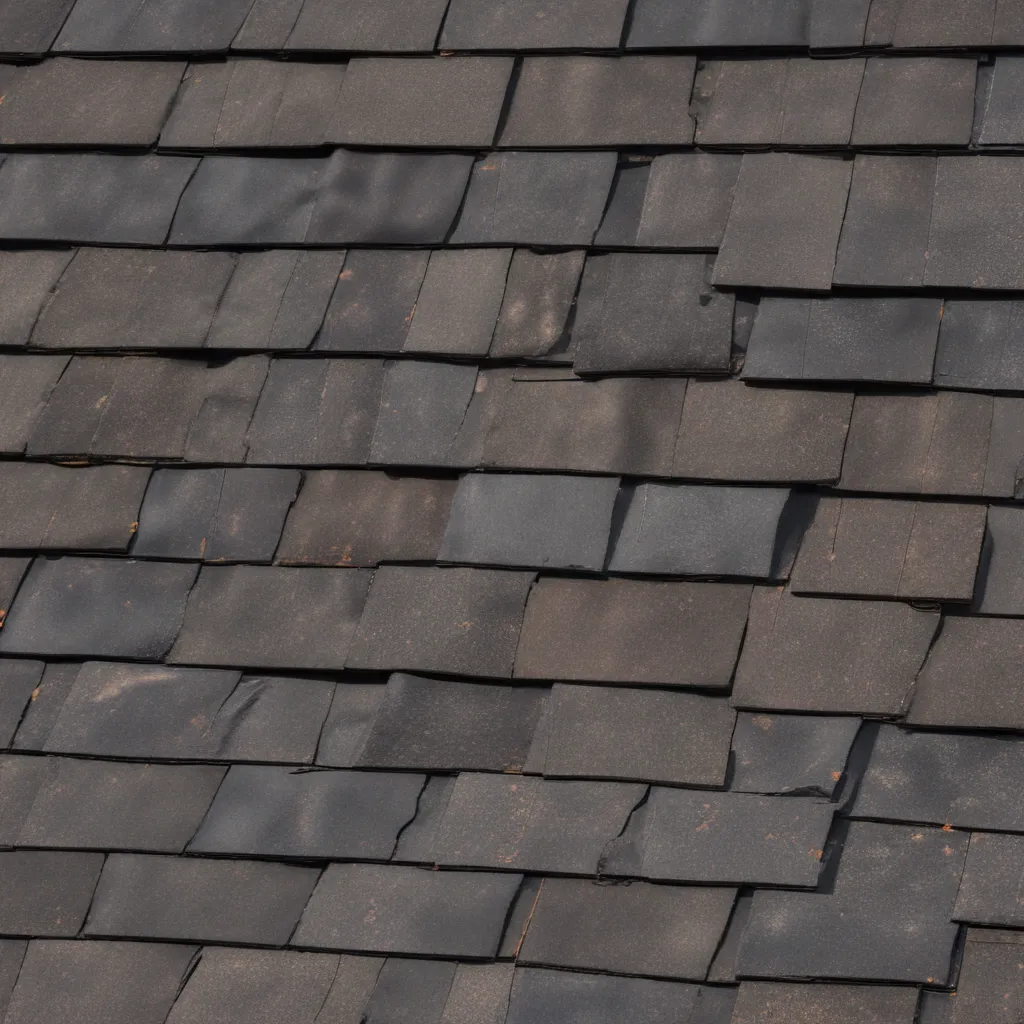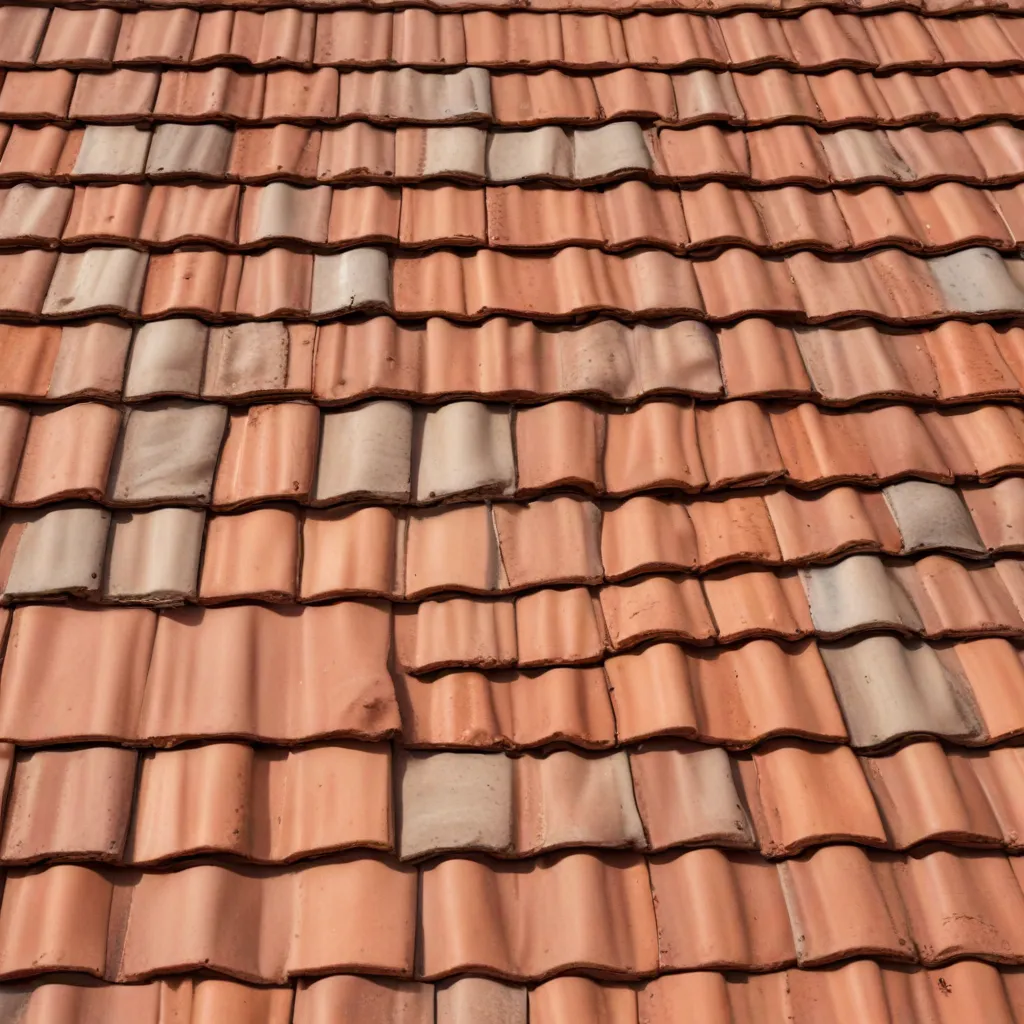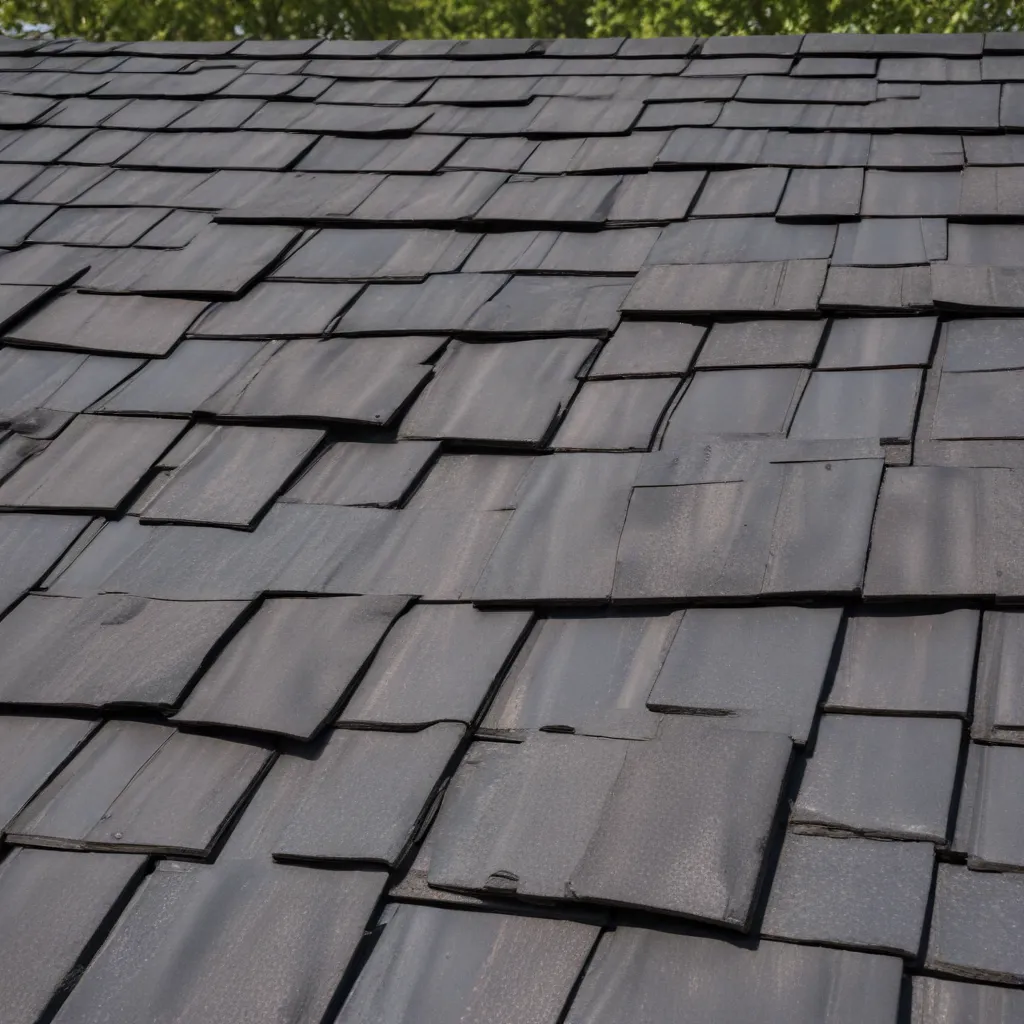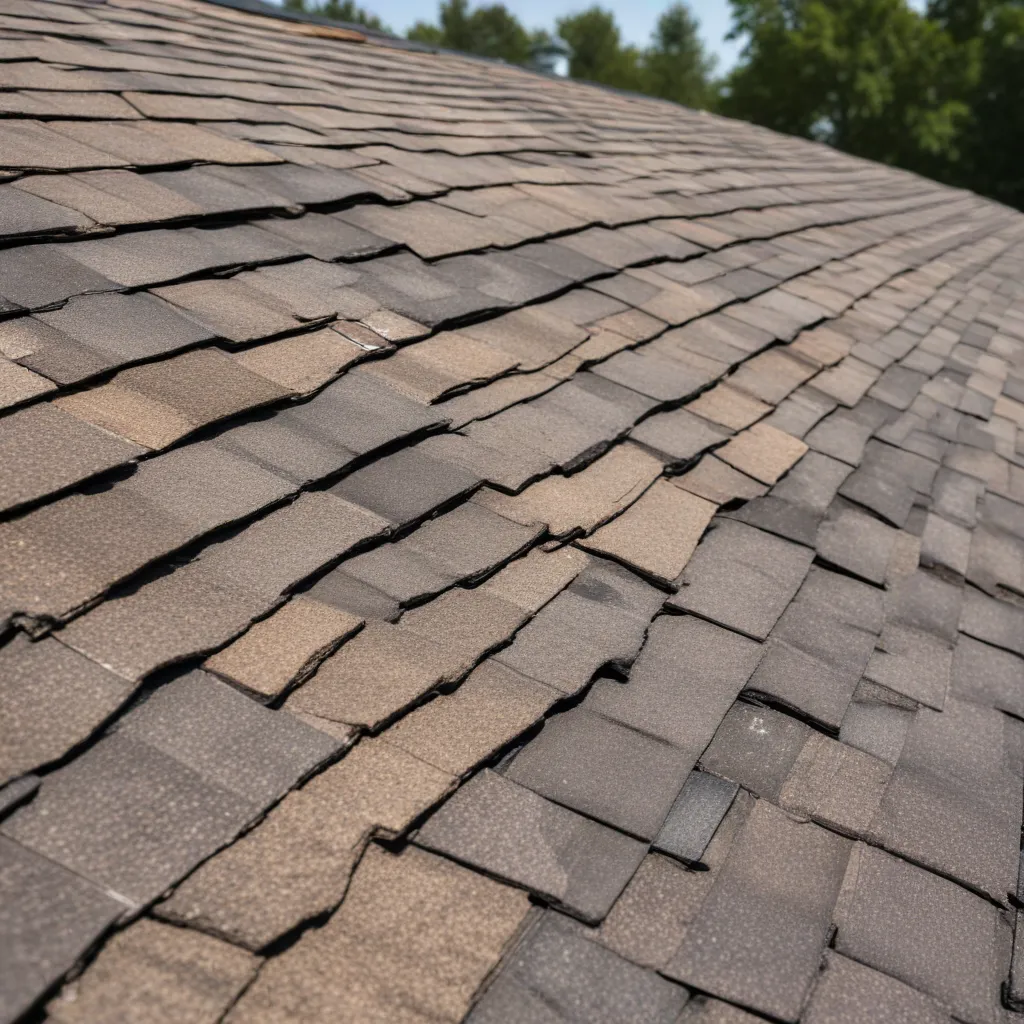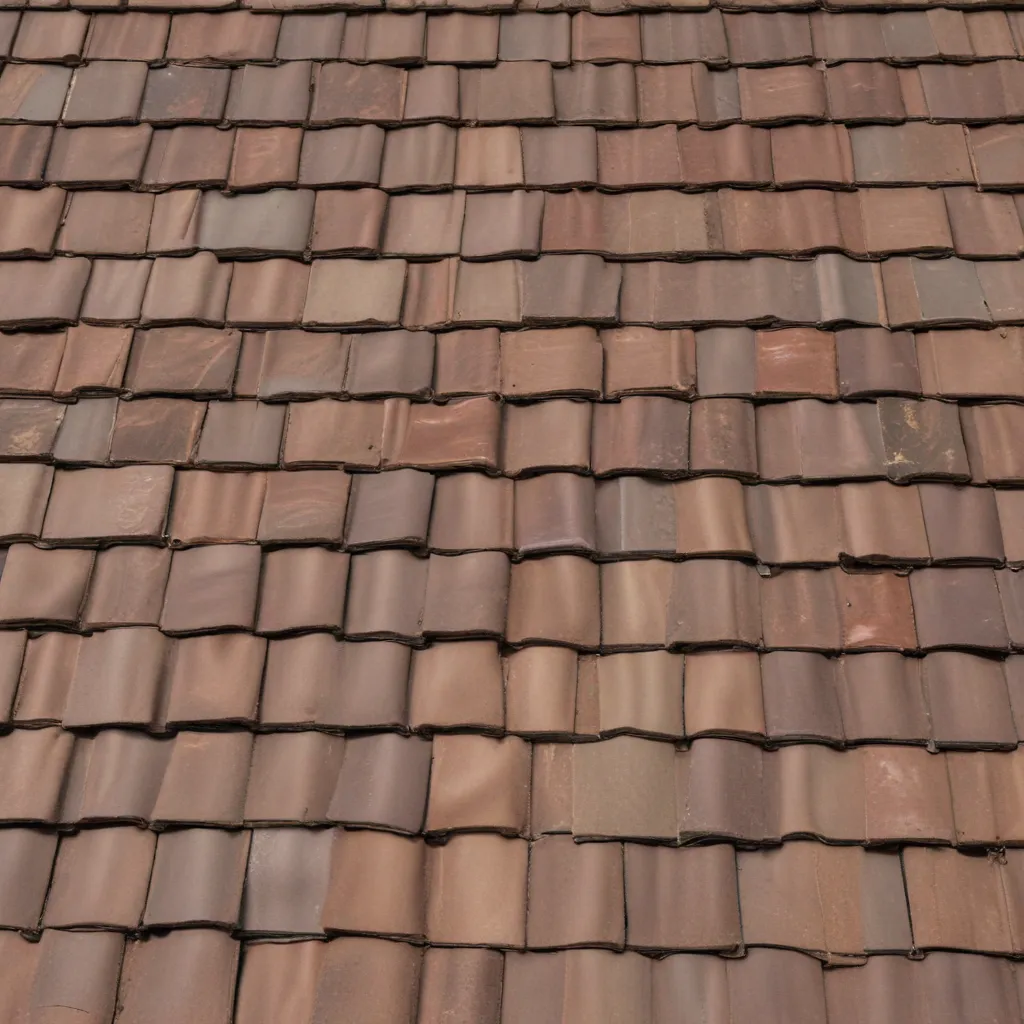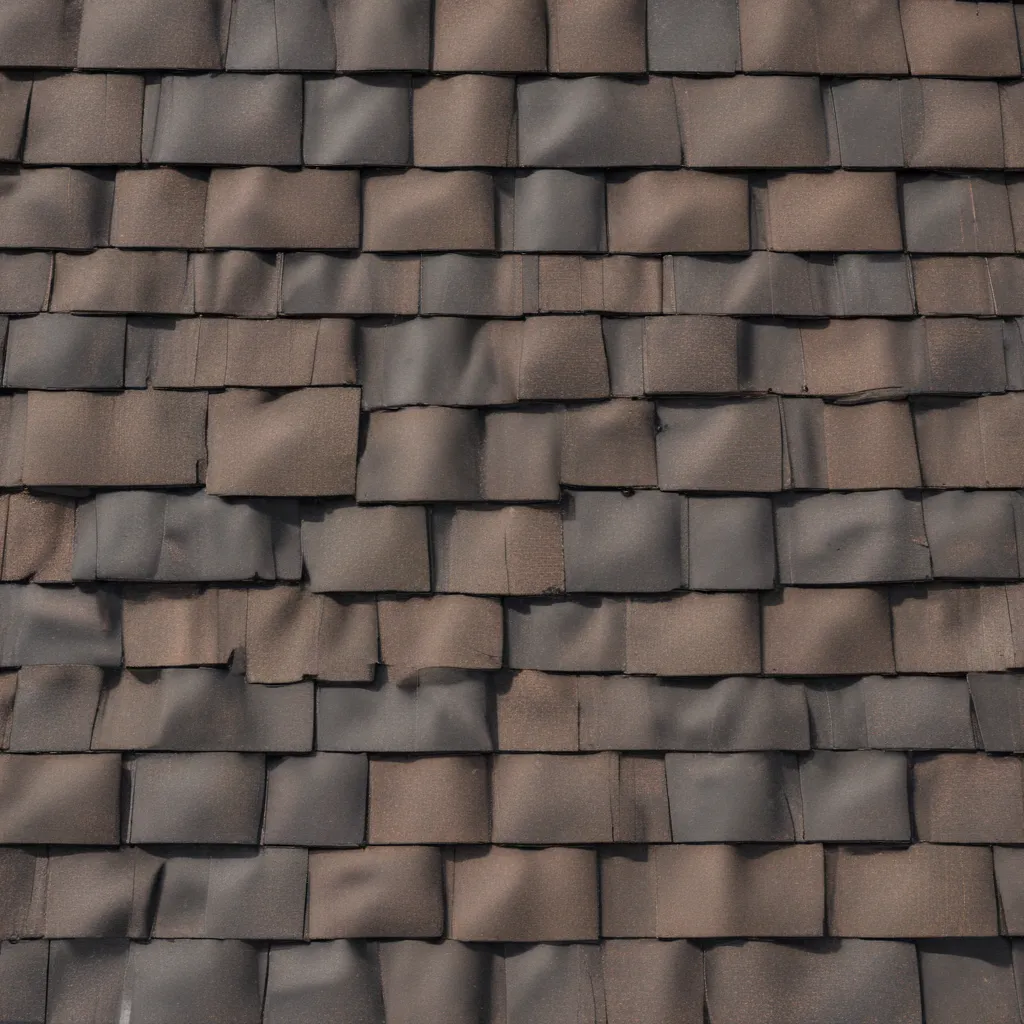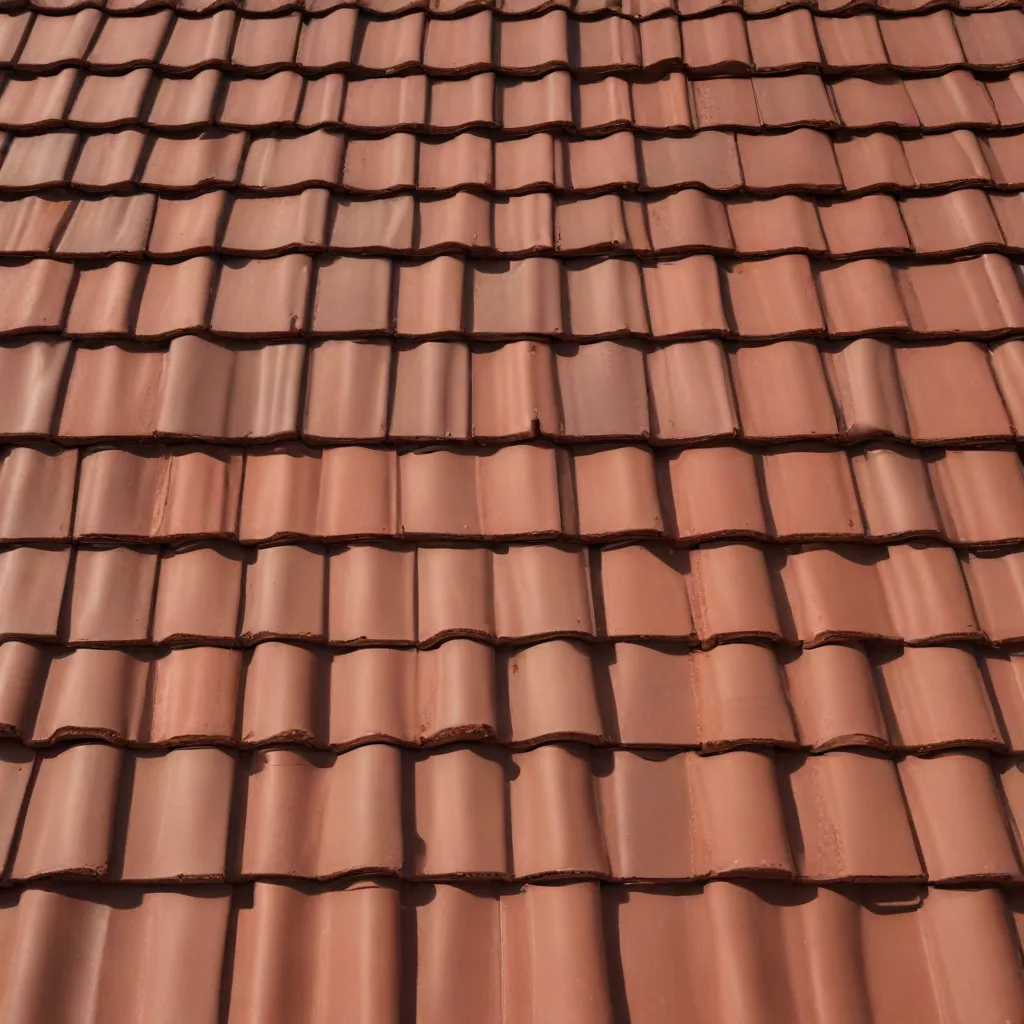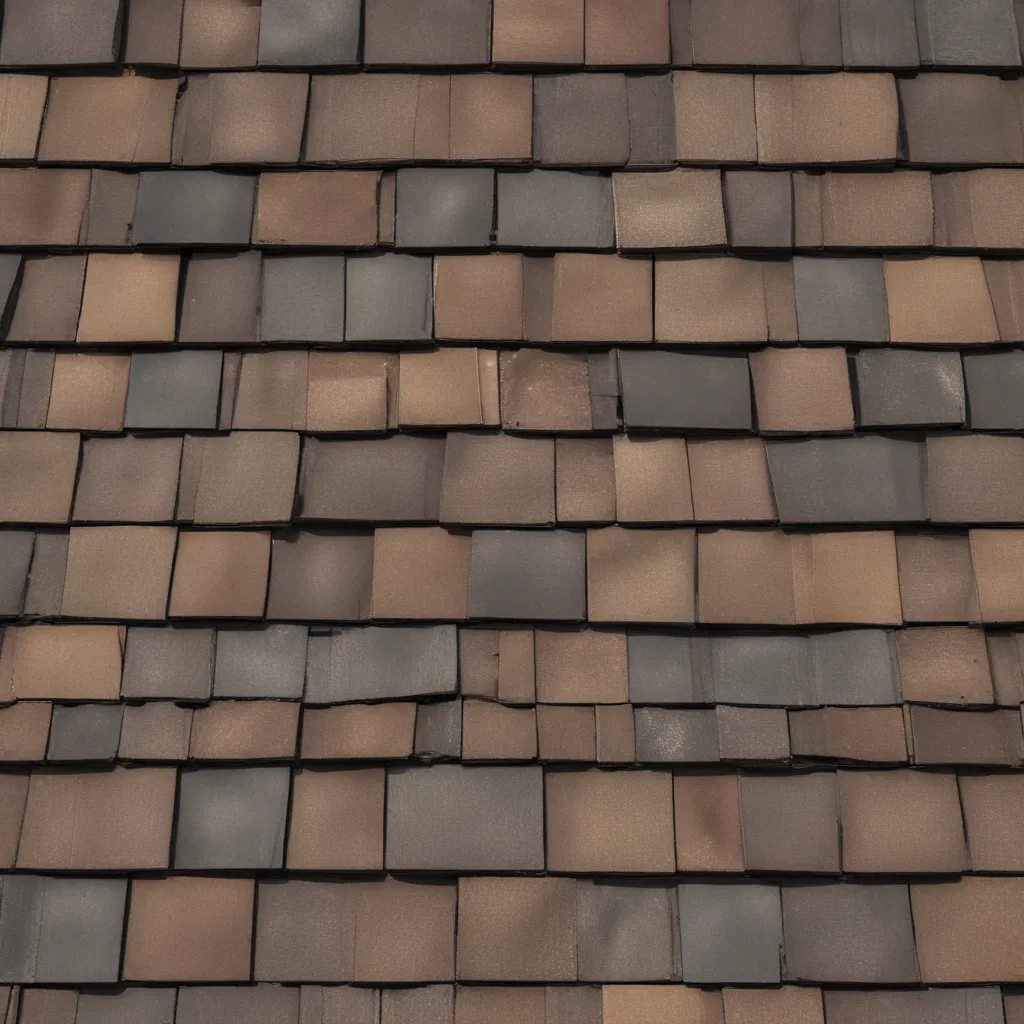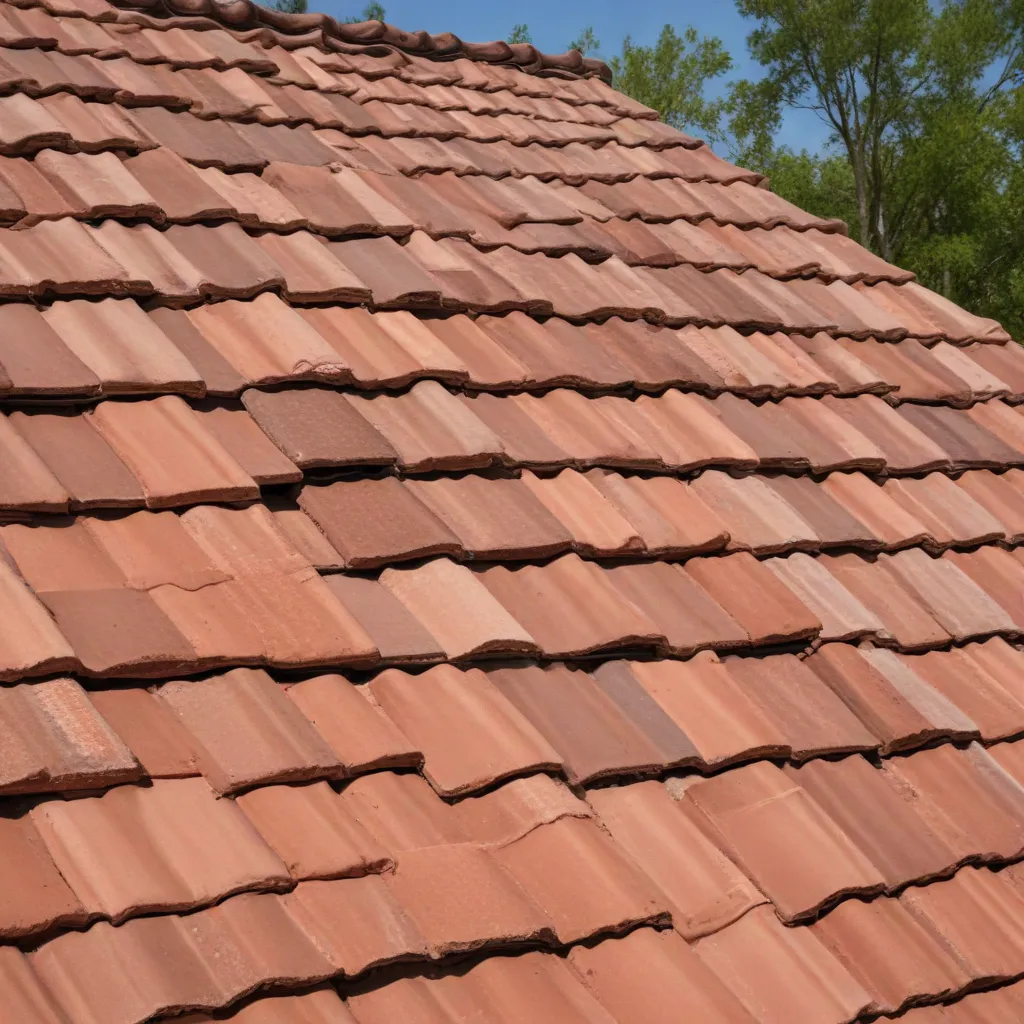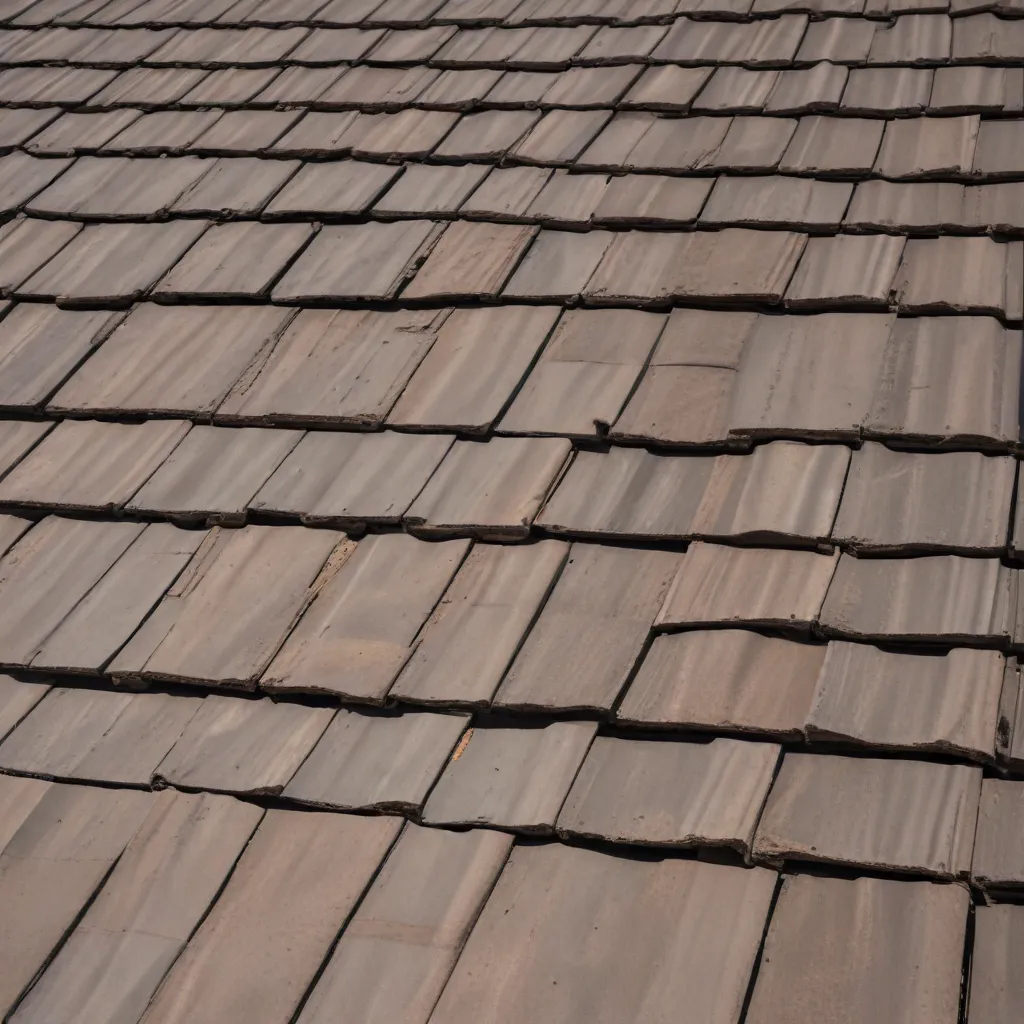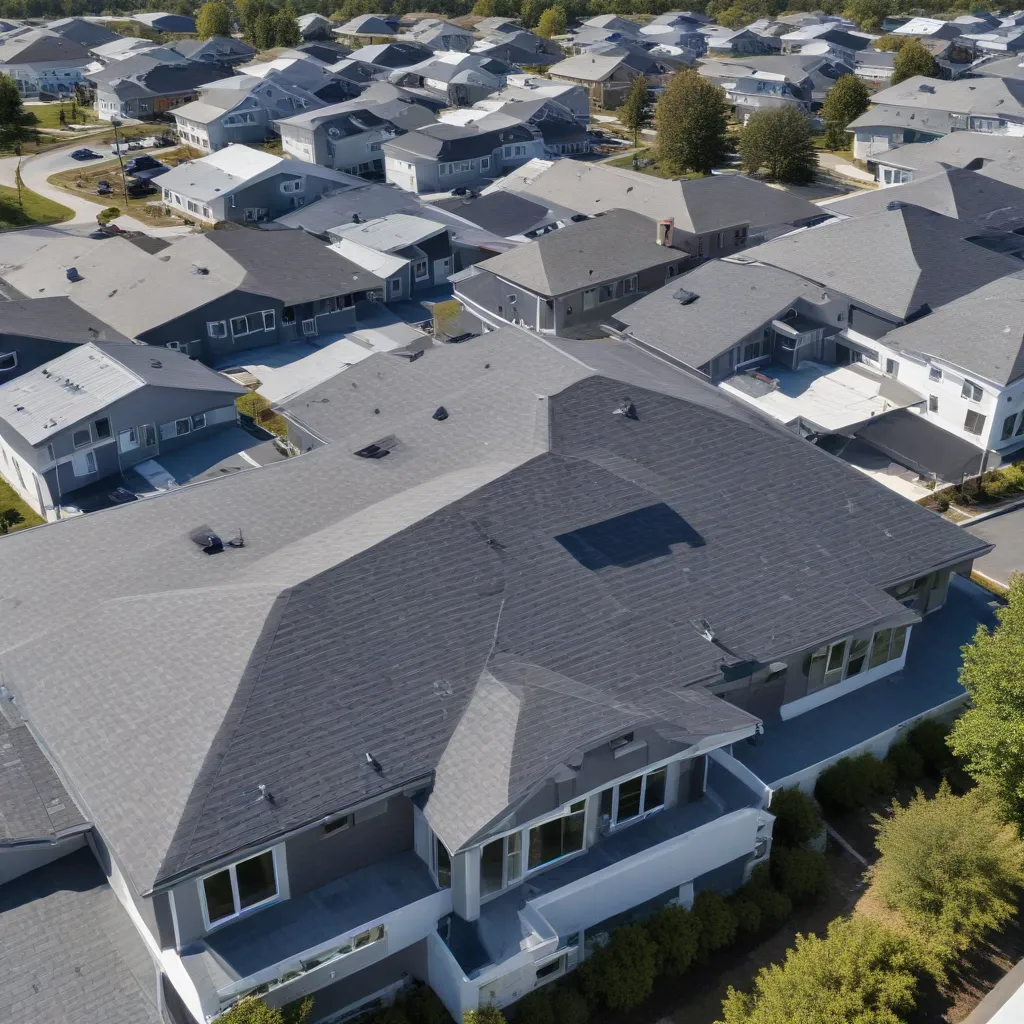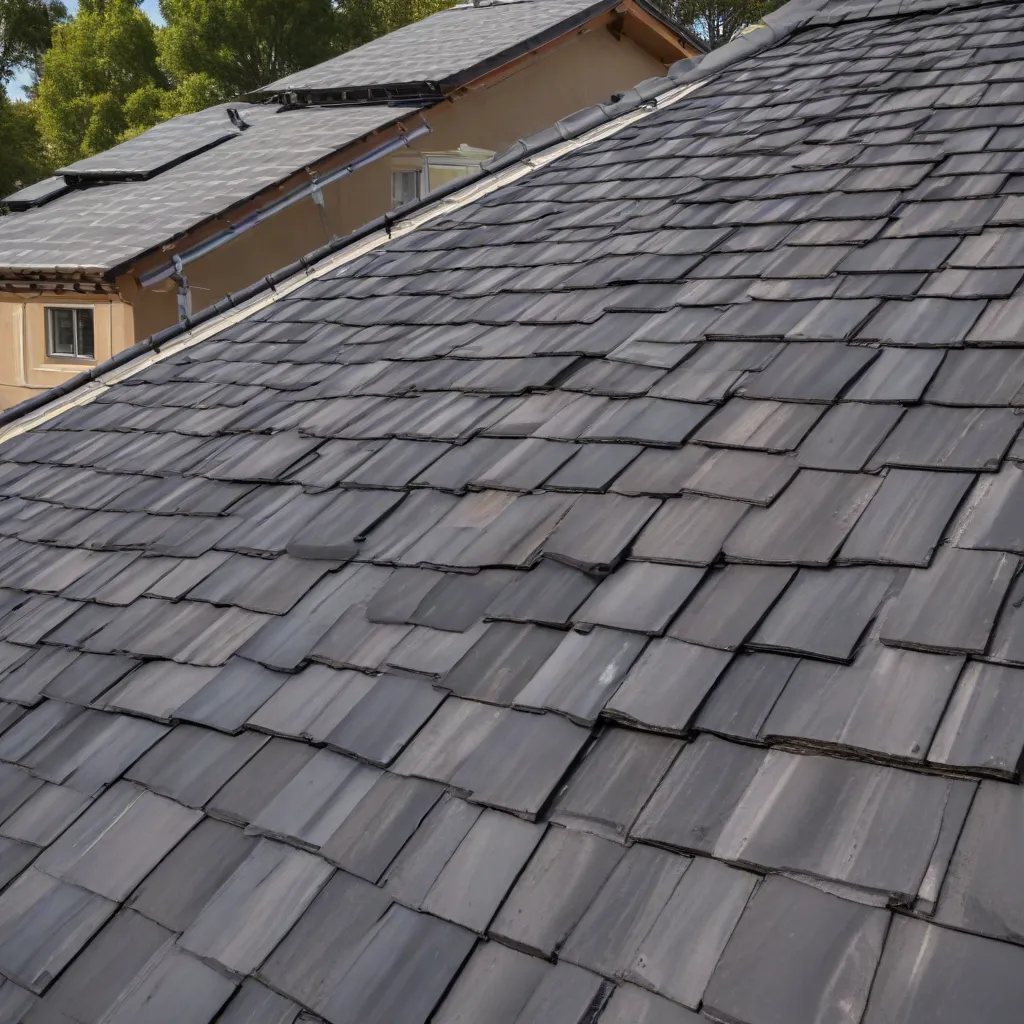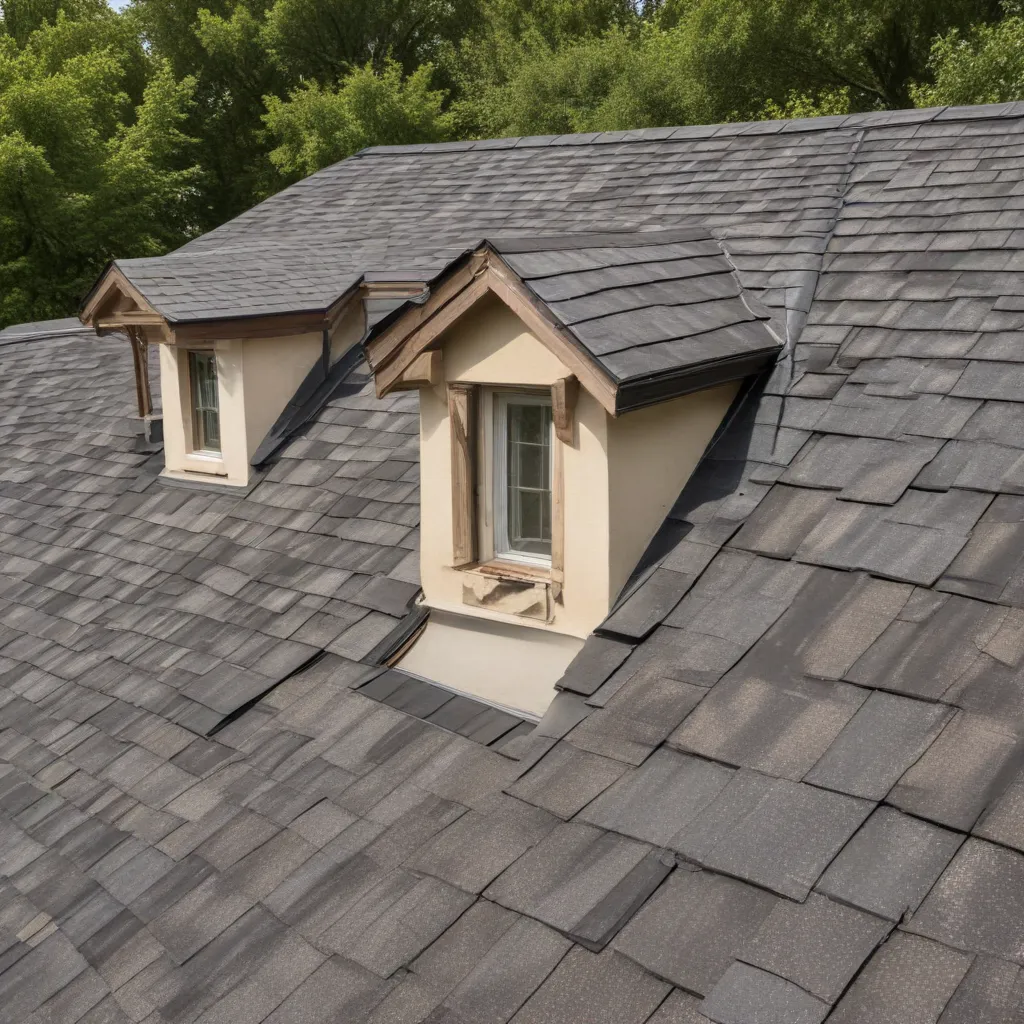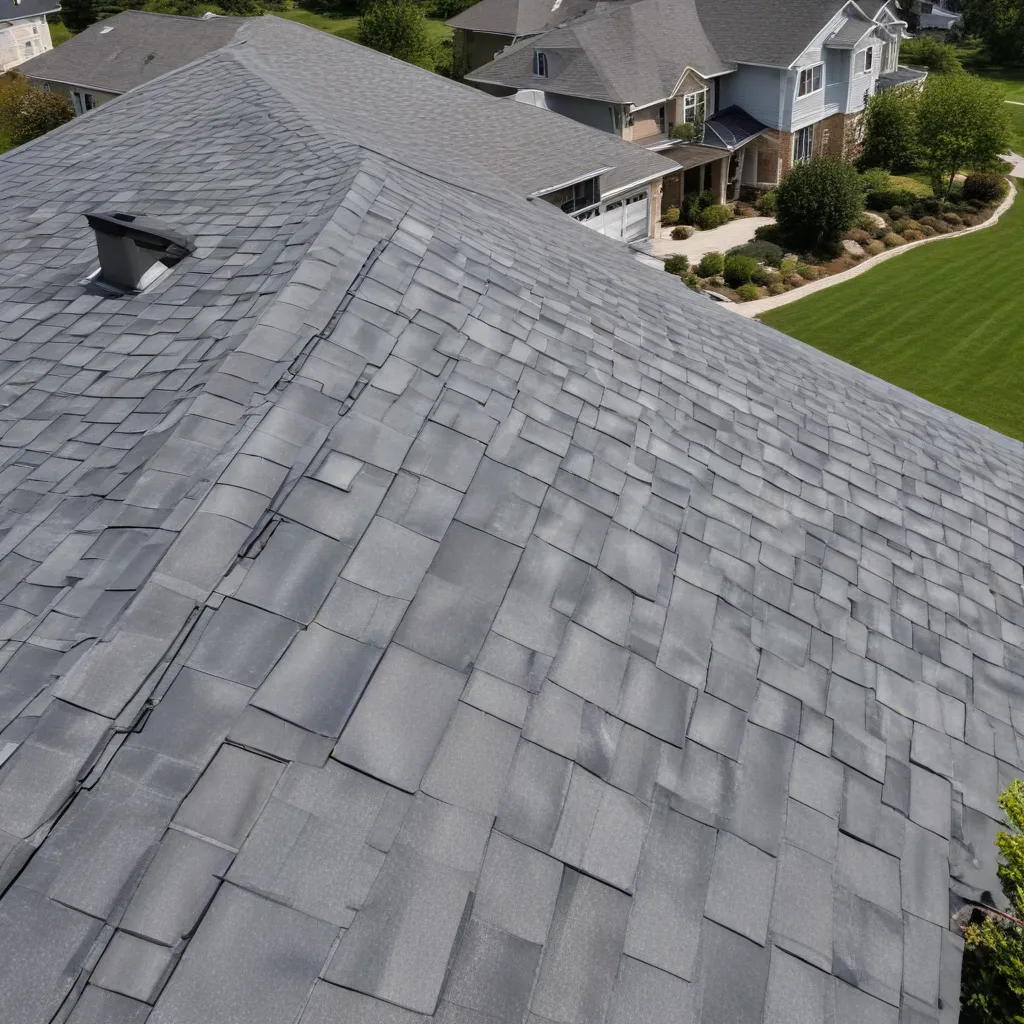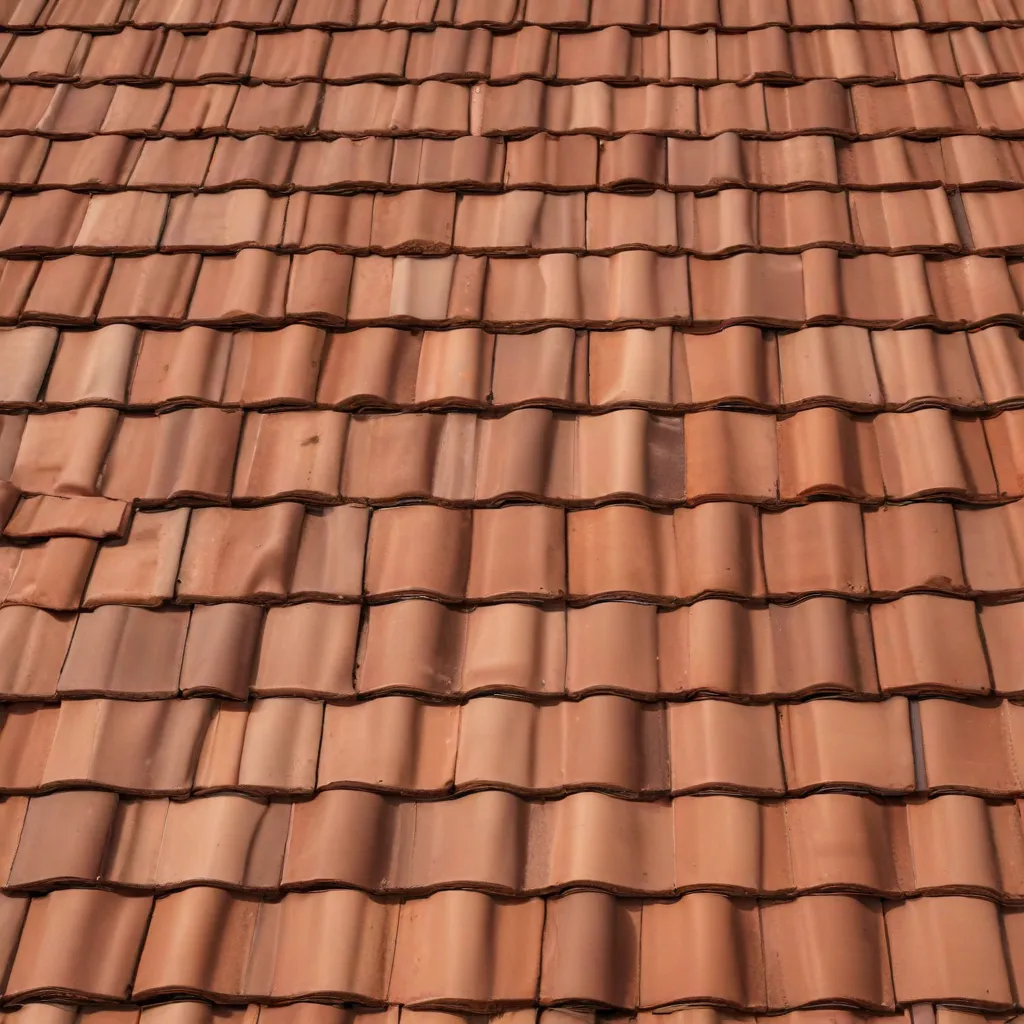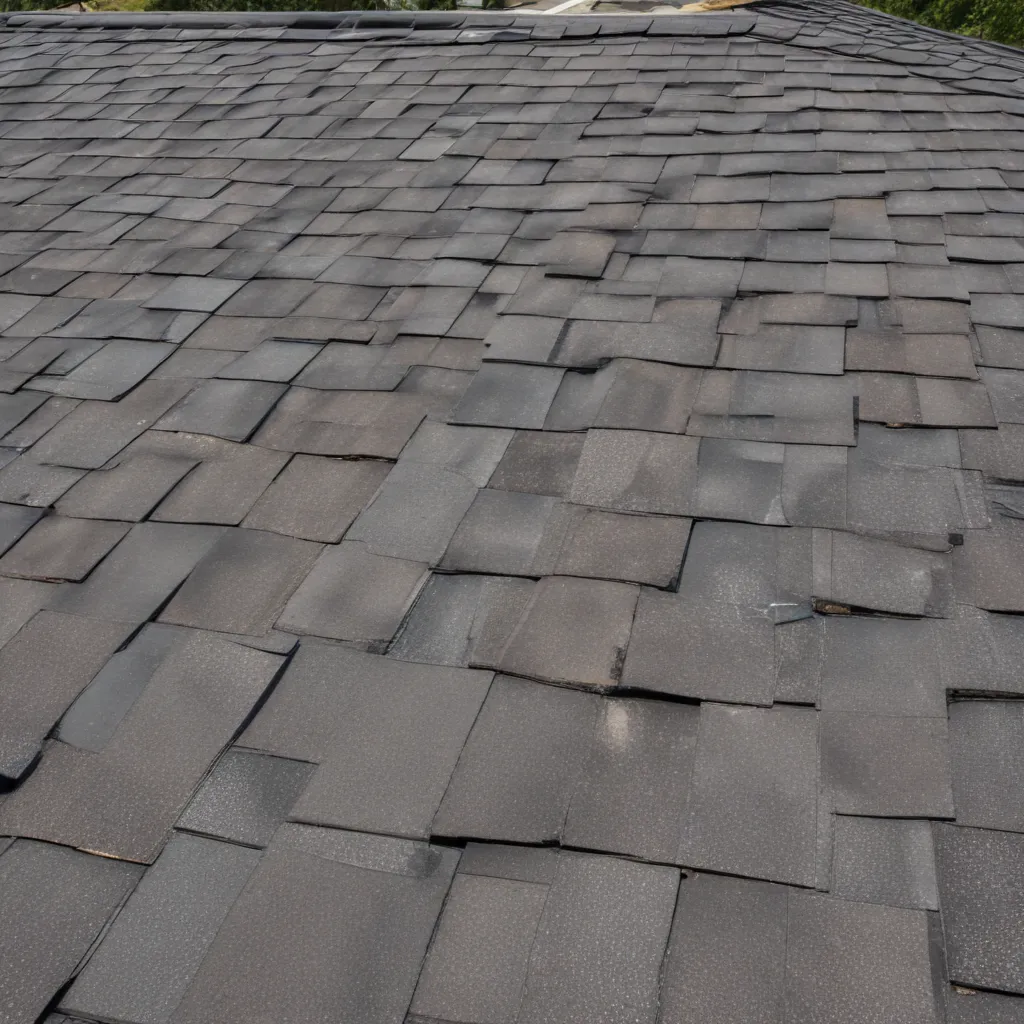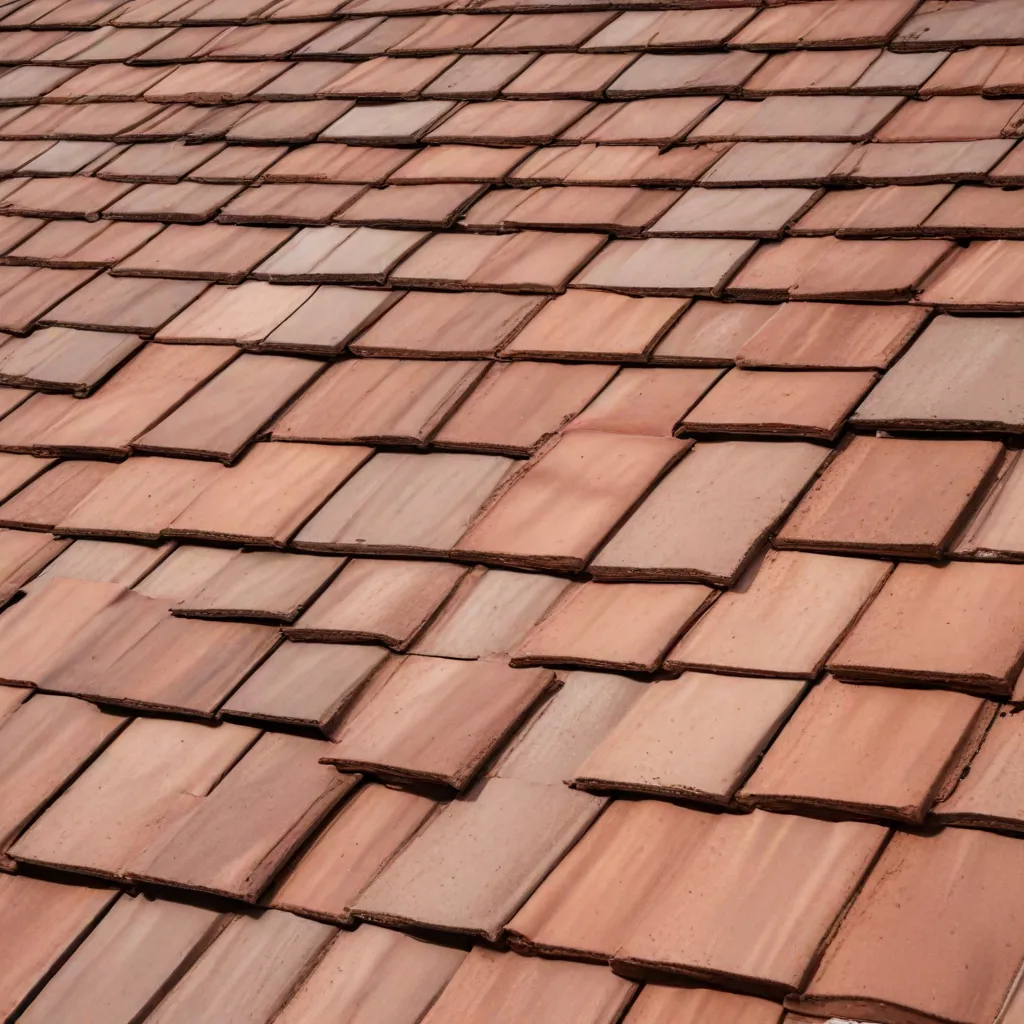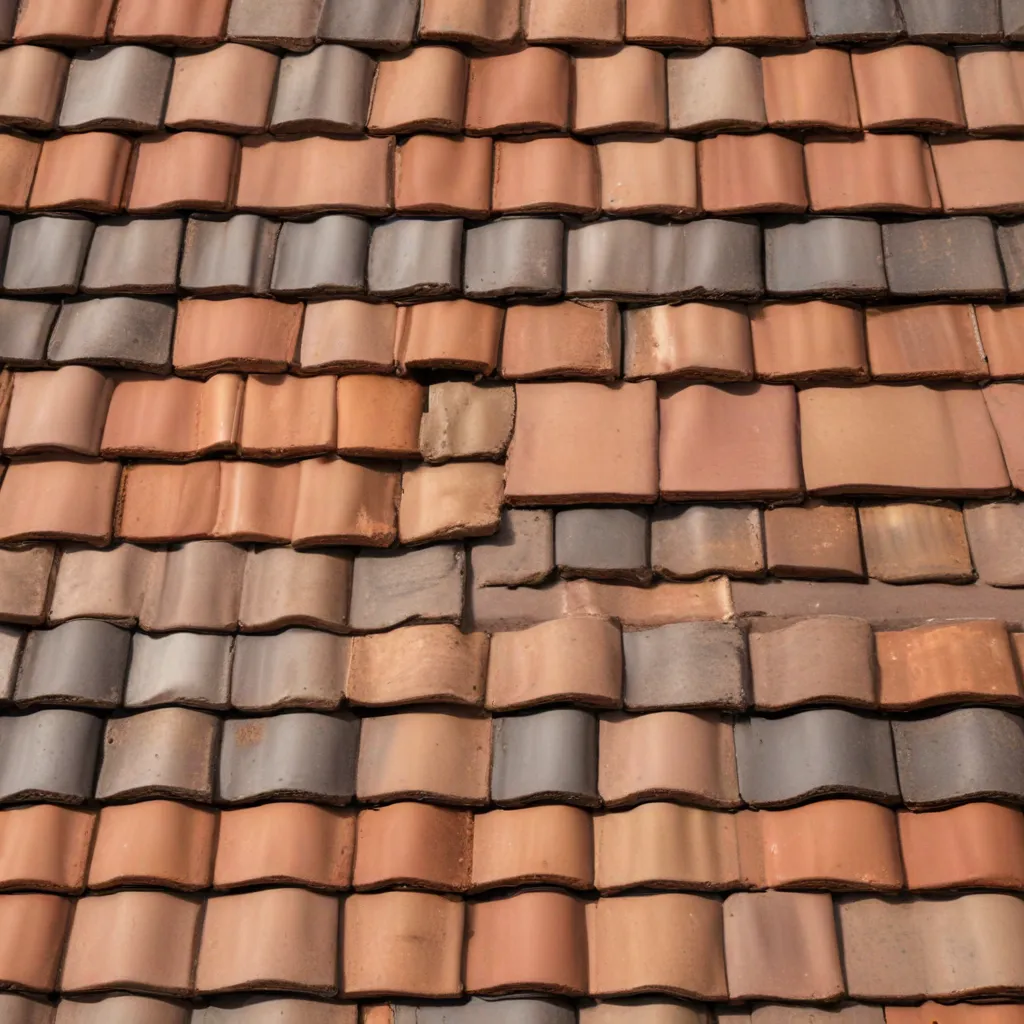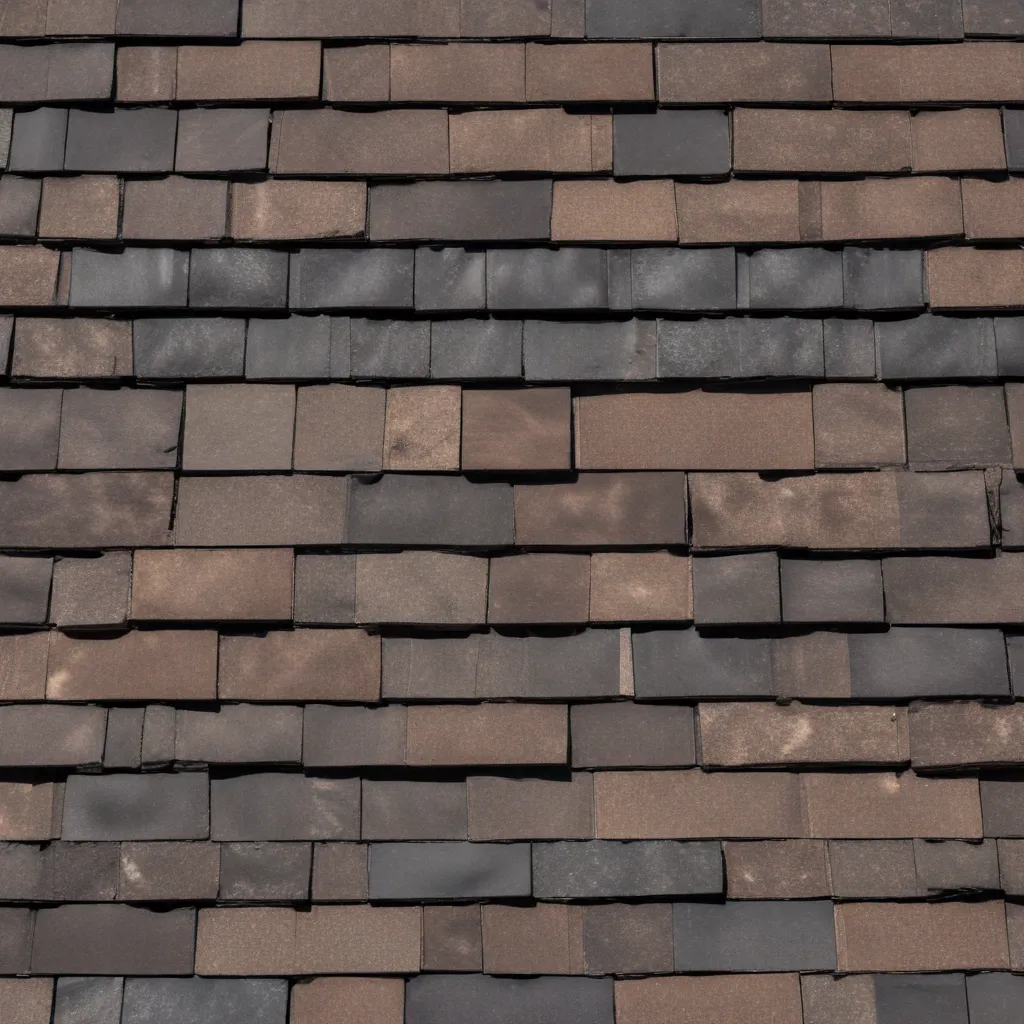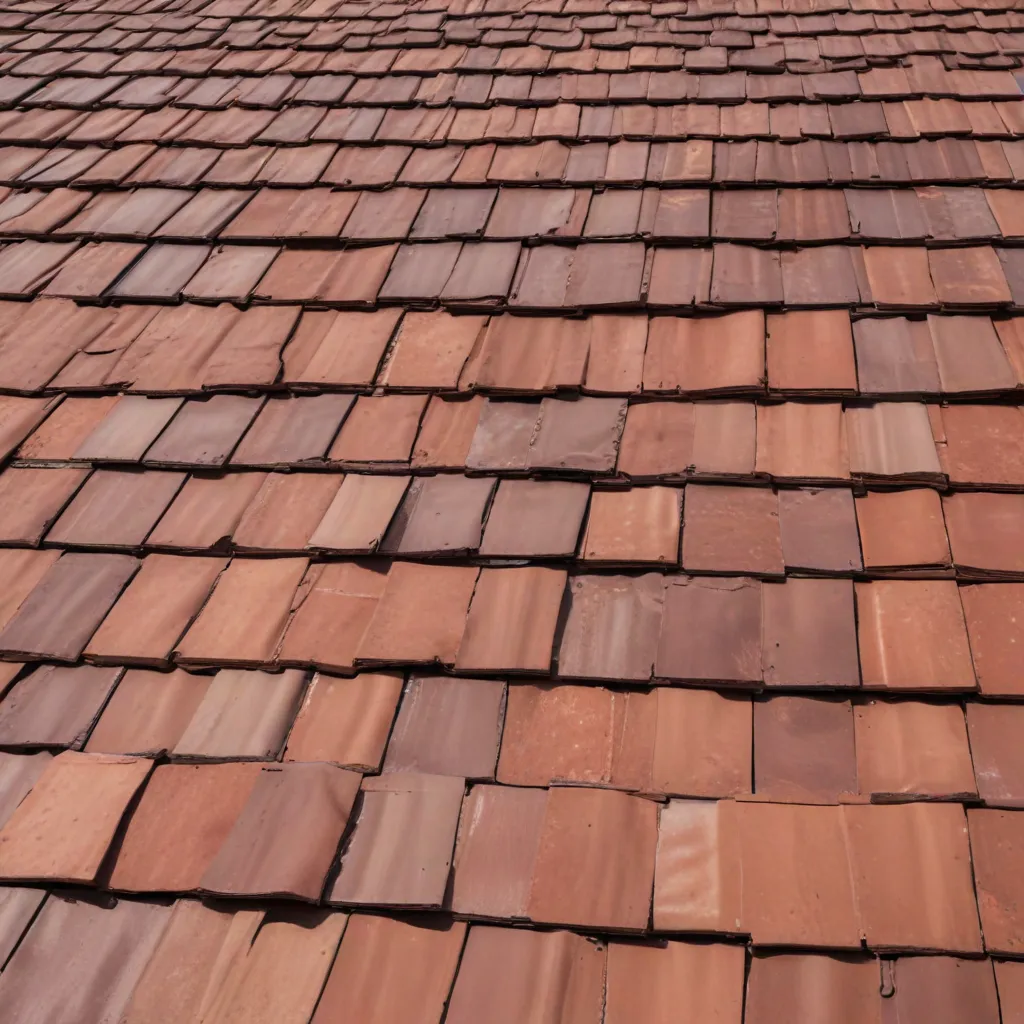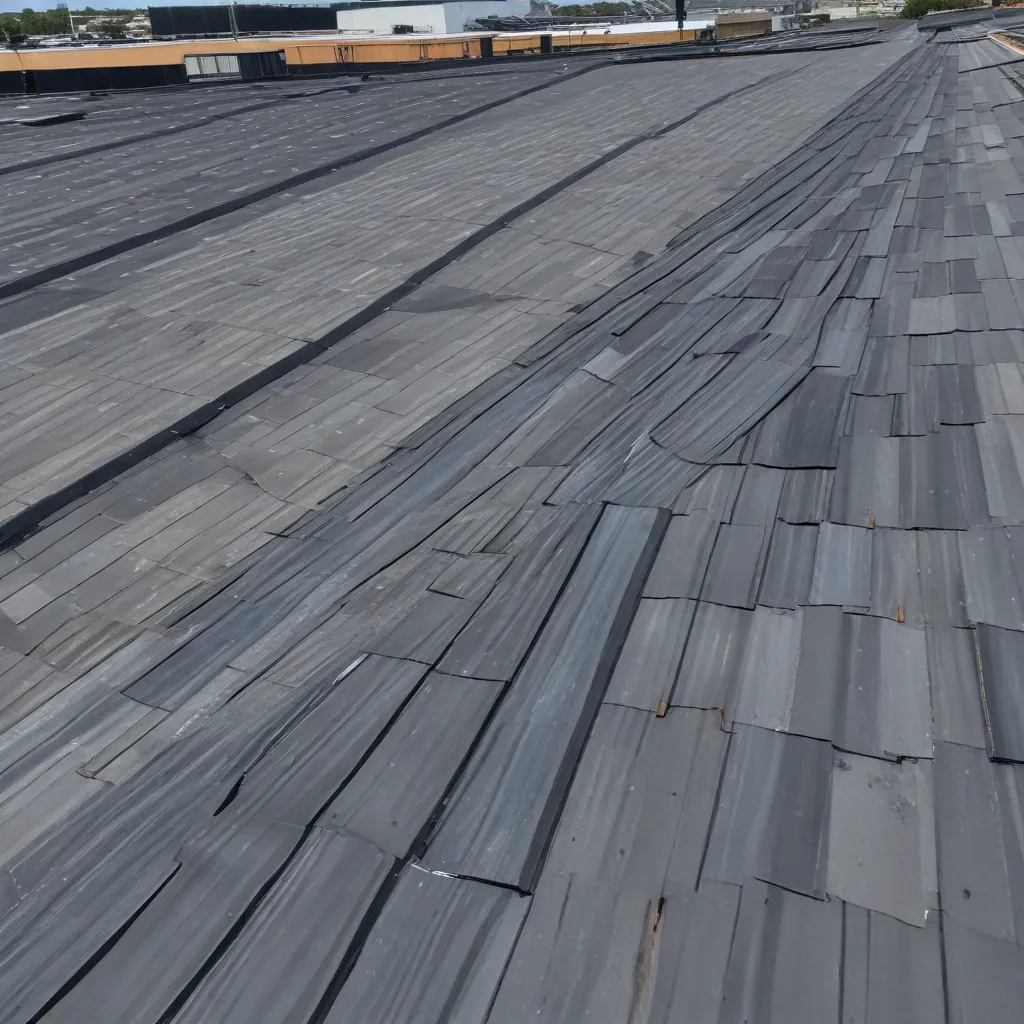
When it comes to commercial roofing, the design must strike a delicate balance between aesthetic appeal and functional excellence. The roof is not just a protective layer; it’s a critical component that can significantly impact a building’s energy efficiency, maintenance requirements, and overall curb appeal. As an experienced roofing specialist with Genuine Roof Systems, I’ll guide you through the intricacies of commercial roof design, exploring the architectural considerations, roof typology, sustainable strategies, and the importance of construction and long-term performance.
Architectural Considerations
The aesthetic principles governing commercial roof design are closely tied to the overall architectural style of the building. Flat roofs, for instance, are a popular choice for modern, minimalist structures, offering a sleek and contemporary look. Conversely, pitched roofs with distinctive profiles, such as gable, hip, or mansard designs, can lend a more traditional, elegant appearance to a commercial property.
Beyond the basic roof shape, the selection of roofing materials plays a crucial role in shaping the visual impact. Metal roofing, with its diverse array of finishes, profiles, and colors, can create a bold, streamlined aesthetic. Tile roofing, on the other hand, evokes a timeless, Mediterranean-inspired ambiance, while composite shingles provide a more versatile option that can mimic the look of traditional materials.
The functional requirements of a commercial roof are equally important. Factors like wind uplift resistance, weatherproofing, and thermal performance must be carefully considered to ensure the building’s long-term durability and energy efficiency.
Roof Typology
The choice of roof design ultimately depends on the specific needs and goals of the commercial project. Let’s explore the three primary categories of commercial roof types and their unique characteristics:
Flat Roofs: These low-slope roofs provide a clean, uninterrupted silhouette and are well-suited for modern architectural styles. They often feature built-up roofing systems, single-ply membranes (such as TPO or EPDM), or metal standing seam panels to ensure reliable waterproofing and weather resistance.
Pitched Roofs: Traditional pitched roofs, with their angled slopes, are adept at shedding water and snow. They can be constructed with asphalt shingles, metal panels, clay tiles, or slate, each offering distinct aesthetic and performance attributes. Pitched roofs can also incorporate dormers, gables, and turrets to add visual interest and architectural flair.
Specialty Roof Designs: Beyond the standard flat and pitched options, commercial buildings may feature more unique roof designs, such as butterfly roofs (with a distinctive V-shape), barrel vaults, or green roofs (with integrated vegetation). These specialty designs often serve specific functional or sustainable purposes, while also making a bold architectural statement.
Sustainable Design Strategies
As sustainability becomes an increasingly crucial consideration in commercial construction, roof design plays a pivotal role in enhancing a building’s energy efficiency and environmental impact. Let’s explore some of the sustainable design strategies that can be incorporated:
Energy Efficiency: Cool roofs, featuring highly reflective and emissive materials, can significantly reduce a building’s cooling load and associated energy costs. Solar photovoltaic (PV) roofing systems can also be integrated, converting sunlight into renewable electricity and further improving the property’s energy profile.
Water Management: Roofs can be designed to effectively manage stormwater runoff through features like vegetated green roofs, rainwater harvesting systems, and properly sloped drainage systems. These strategies help reduce the burden on local infrastructure and promote groundwater recharge.
Material Selection: The choice of roofing materials can have a substantial impact on a building’s environmental footprint. Metal roofing, with its high recycled content and long lifespan, is often considered a sustainable option. Eco-friendly insulation materials and renewable roofing sources, such as clay tiles or slate, can also contribute to a more sustainable commercial roof design.
Construction and Installation
The successful execution of a commercial roof project requires a deep understanding of the underlying framing systems, appropriate roofing materials, and meticulous installation techniques. Let’s dive into these critical aspects:
Roof Framing Systems: Commercial buildings often utilize steel trusses, I-beams, or open-web joists to create the structural framework that supports the roof. The choice of framing system is influenced by factors like span, load-bearing requirements, and architectural design.
Roofing Materials: In addition to the aesthetic and sustainable considerations, commercial roofing materials must be selected based on their durability, fire resistance, and code compliance. This may involve metal panels, single-ply membranes, built-up roofing, or a combination of these systems.
Installation Techniques: Proper installation is crucial to ensure the long-term performance of a commercial roof. This may include specialized procedures like mechanical seaming for metal panels, torch-down application for modified bitumen, or adhesive bonding for single-ply membranes. Attention to detail and adherence to manufacturer specifications are essential.
Maintenance and Performance
Designing a commercial roof is not just about the initial installation; it’s also about ensuring its long-term durability, functionality, and cost-effectiveness. Let’s explore the key aspects of maintenance and performance:
Durability: Commercial roofs must be able to withstand the rigors of the local climate, including high winds, heavy precipitation, and extreme temperatures. The selection of high-quality roofing materials, proper ventilation, and adequate insulation can contribute to the overall durability of the system.
Inspections and Repairs: Regular roof inspections, performed by experienced professionals, are crucial for identifying and addressing any issues before they escalate. Timely maintenance and repairs, such as sealing cracks, replacing damaged components, or clearing debris, can extend the lifespan of the commercial roof.
Long-Term Functionality: Designing a commercial roof with longevity in mind is essential. Factors like ease of access for maintenance, compatibility with future upgrades (such as solar panels or green roof systems), and energy-efficient performance over the building’s lifetime can all contribute to the overall functionality and cost-effectiveness of the roof system.
Regulatory Compliance
In the world of commercial roofing, navigating the regulatory landscape is a critical aspect of the design process. Compliance with relevant building codes, energy regulations, and permitting requirements is essential to ensure the integrity and legality of the project. Let’s explore these important considerations:
Building Codes: Commercial roofing systems must adhere to the applicable local and national building codes, which address factors like structural integrity, fire safety, and energy efficiency. Staying up-to-date with the latest code updates is crucial for successful project completion.
Energy Codes: Increasingly stringent energy codes, such as ASHRAE 90.1 or local variants, require commercial buildings to meet specific thermal performance standards, solar reflectivity thresholds, and ventilation requirements. Integrating these energy-efficient design elements can help optimize the building’s overall energy profile.
Permitting Processes: Obtaining the necessary permits for a commercial roof project is a vital step in the design and construction process. This may involve submitting detailed plans, undergoing inspections, and ensuring compliance with local zoning regulations and building department requirements.
By navigating these architectural, functional, and regulatory considerations, you can design commercial roofs that not only enhance the visual appeal of a property but also deliver superior performance, energy efficiency, and long-term value. At Genuine Roof Systems, we pride ourselves on our ability to provide cutting-edge roofing solutions that cater to the unique needs of commercial clients, seamlessly blending form and function. Explore our comprehensive range of products and services to discover how we can elevate your next commercial roofing project.

